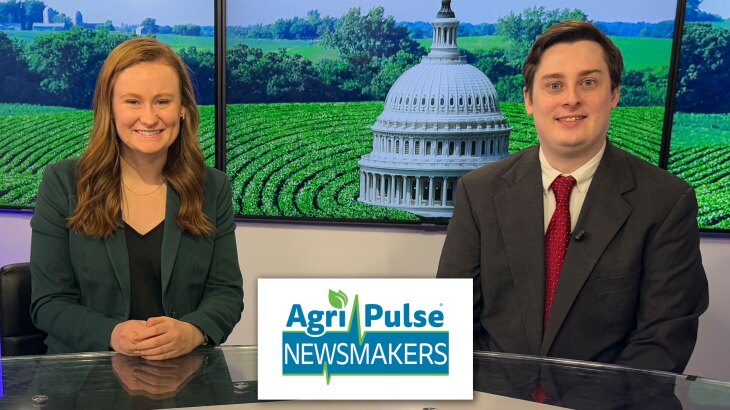New research out of the Kansas State University Extension is highlighting what they are calling revolutionary technology in cattle production.
According to Jaymelynn Farney, “Looking at virtual fences, you know, people will be able to put their fences in to keep their dogs in their backyard without actually building a physical fence. Well, the same concept has came about, started with goats and sheep, and now they make some collars for cattle. You know, until recently, we haven’t had a company in the United States that has been actually in that virtual fence world, and one of the best things about our cattle ones versus the dog ones is we get to draw our fences based off of GPS geo-profiles of our pastures and don’t physically have to bury a line for your barrier like with a bunch of the dog collar ones.”
Farney also outlined her research on ear tags, that go far beyond GPS tracking.
“One of the higher levels is able to quantify time spent ruminating, steps taken, other activities, and they’re throwing in all of these different algorithms to be able to send you alerts to your phone that says ‘so-and-so cow was mounted by the bull at this time.’ So we can may be able to more dial in our calving information,” she explains. “They also are working on some algorithms that’ll send you alerts when a cow starts parturition and so you can be able to more strategically be able to manage your cow herd.”
She adds that while this data is new, it is beneficial for the autonomous management of cattle. A report out of Silicon Valley found that agriculture is the number one industry for startup companies.
Kansas State is not the only area of farm country taking advantage of new cattle technology.
In Bozeman, Montana, the Property and Environment Research Center is launching a new fund to help ranchers adopt virtual fencing. The fund aims to reduce the environmental impact of traditional fencing.
They are offering grants between $10,000 and $75,000 dollars for GPS enabled collars that help control cattle movement.
They note that virtual fencing can also be a conservation tool, helping other species thrive while reducing conflict with predators.








